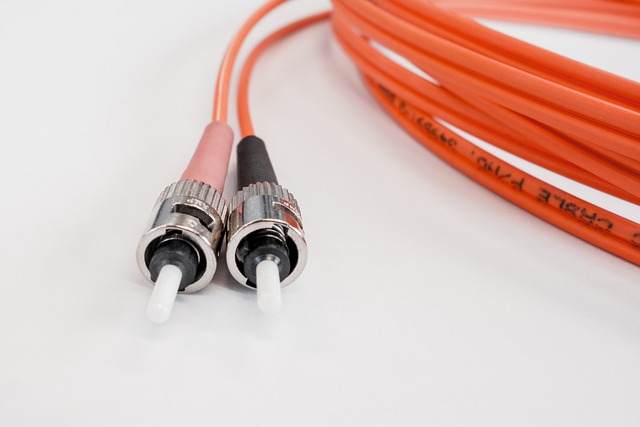Optical fiber communication uses light waves as signal carriers and optical glass fibers as transmission media. It also has the ability to transmit signals with high capacity and low loss. It plays a vital role in modern communication networks. Optical fibers are fibers made of glass or plastic used as conduits for light transmission. At present, optical fibers for communication are mainly quartz-based optical fibers. The main component is silica, reaching more than 99.99%.
The preparation of quartz-based optical fibers involves two main processes: preform rod production and optical fiber drawing.
1. Silica in Optical Fiber Preform Rod Production
In the production of fiber optic preforms, silica is used to make large test tubes coated with silica. It is also called vitrified glass rod. As mentioned previously, there are a variety of manufacturing processes. Including CVD (Chemical Vapor Deposition), MCVD (Modified Chemical Vapor Deposition), and PCVD (plasma-assisted chemical vapor deposition), as mentioned earlier.
The raw material of silica in the preparation of optical fiber preform is synthetic quartz. Produced using high-purity silicon tetrachloride. This high-purity silica is characterized by high purity and a total impurity element content of less than 2 ppm. It is an important raw material for the production of optical fiber preforms.

2. Silica in the Optical Fiber Drawing Process
The optical fiber drawing process is to pass the optical fiber preform through the speed control system. And then it slowly enters the high-temperature furnace. Its internal temperature is precisely controlled by a temperature control device. The ends of the pre-rods are softened at a high temperature of 2000 degrees. The viscosity decreases and rapidly shrinks and becomes thinner under the action of surface tension. The pulled fiber is pulled down by a capstan wheel with appropriate tension.
In the optical fiber drawing process, natural high-purity quartz is mainly used as the target material. Common quartz minerals contain impurities such as potassium feldspar, albite, biotite, and muscovite. It is difficult to achieve high purity. Therefore, natural quartz sand produced from quartz mines cannot be used to prepare optical fiber preforms. But it can be used as an auxiliary material in the fiber drawing process. At present, the manufacturers of natural high-purity quartz sand include Sibelco of the United States, TQC of Norway, Quartz, etc.
3. Silica Auxiliary Materials in the Optical Fiber Production Process
Silica is used in many forms during the production of optical fibers. It makes fiber-grade quartz tubes, furnace core tubes, quartz rods, and so on. Current manufacturers of silica products used in optical fiber production include Heraeus of Germany, Corning of the United States, Tosoh of Japan, Philia of China, Quartz Corporation, and Juchi Technology.
In summary, silica, especially in the form of high-purity quartz, is an essential ingredient in the production of optical fibers. It plays an important role in modern communication networks.




